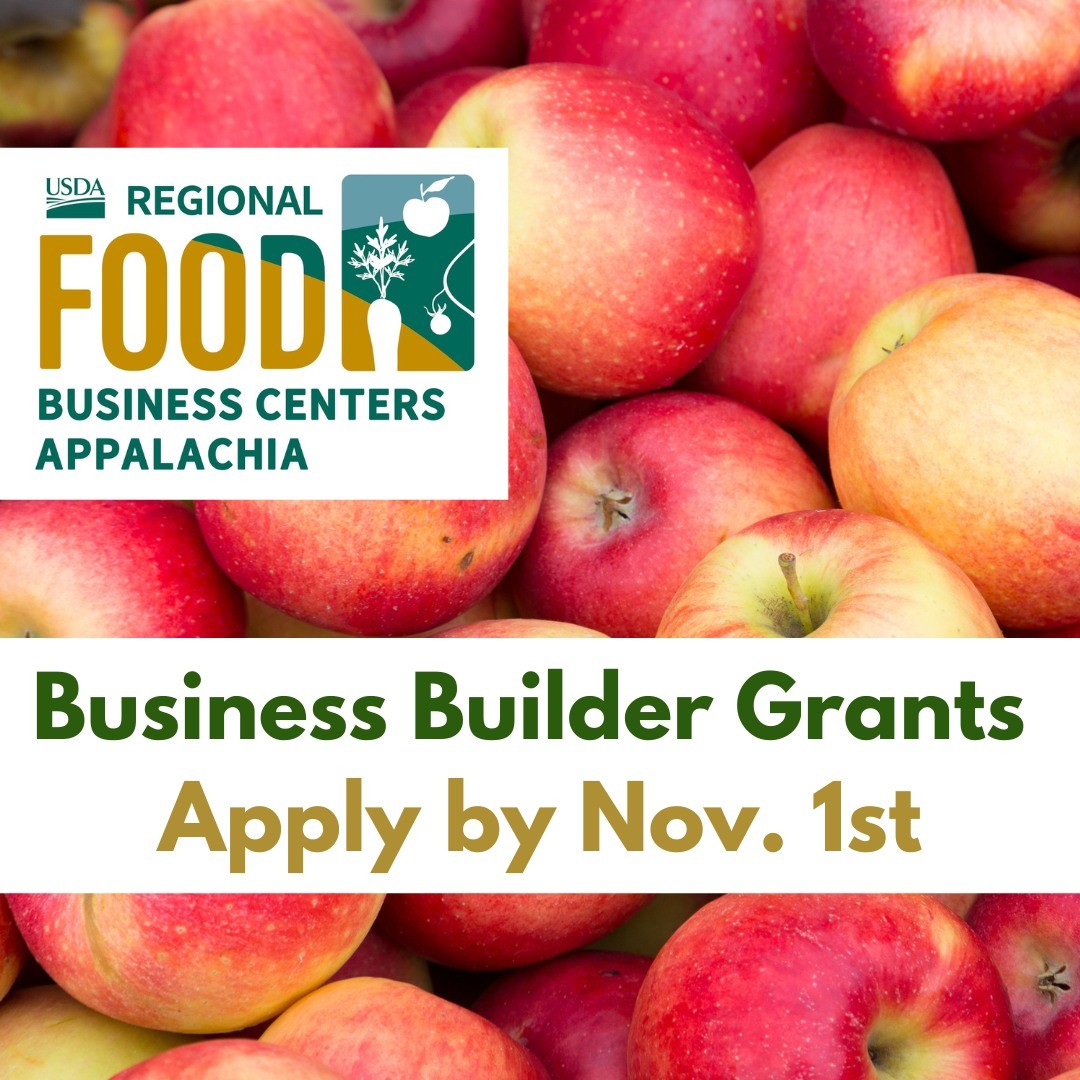
Photo by Preston Keres, USDA.
A successful Green New Deal will integrate what we know about carbon, emissions, and pollution into policies related to agriculture and land use.
By Jean Willoughby
This article originally appeared online in YES! Magazine.
The global food system is responsible for more emissions than previously thought, according to a new United Nations report. It may also hold a key to reversing climate change.
Agriculture as usual is putting the climate at risk as “unprecedented rates” of land and freshwater resources are used to fuel a global food system that wastes one-third of everything it produces, the new report finds.
What we need now are policies, many of which could be packaged in a revised Green New Deal, to direct our resources into climate-smart practices and technologies for agriculture and land management. When it was first released, the Green New Deal resolution presented a sweeping vision for decarbonizing our economy and getting to net-zero emissions within a decade. Since then, Democratic presidential hopefuls have been releasing plans that riff on its framework, translating its vision into policy.
As the UN report makes clear, we need a plan that fuses climate policy with farm policy. We can’t get to net-zero without preserving farmland, restoring degraded lands, and supporting rural economies in a just transition. Every hour, we lose 175 acres of farmland to real estate development. Fertile soil is a national treasure and an endangered resource as much in need of protection as Yosemite or the Great Smoky Mountains.
A successful Green New Deal must integrate what we know about carbon, emissions, and pollution into policies related to agriculture and land use. In short, maintaining a livable climate depends on transforming the food system.
Part of the problem
Whether food travels from factory to fridge or from farm to fork, it often leaves behind a carbon-laden trail. Global food production is now thought to be responsible for up to 37% of greenhouse gas emissions, according to more than 100 scientists who serve on the Intergovernmental Panel on Climate Change convened by the United Nations. By itself, and not accounting for post-harvest processing or transportation, agriculture is the second largest emitter after the energy sector.
Let’s imagine for a moment that we eliminate our use of fossil fuels. We overhaul our transportation and energy sectors. Electric vehicles and public transit replace every vehicle on the road. Renewable energy becomes the norm, complete with wind turbines in every wind-rich region. We switch to atmosphere-friendly chemicals in air conditioning and refrigeration. Let’s say all buildings are built or retrofitted to be LEED certified, for good measure.
Even in this best-case scenario, researchers have found that the combination of increasing global meat production and agriculture-related deforestation are on track to cause emissions to rise significantly and could trigger an increase in global temperature of 2 degrees Celsius.
If cattle were their own nation, they would rank third in greenhouse gas emissions, after China and the United States. At the same time, it’s imperative not to lump all cattle producers together. For example, recent research shows that cattle can be raised with grazing methods that sequester a significant amount of the emissions that they produce.
As they weigh the complex risks and benefits of growing livestock production, policymakers should develop antitrust measures and environmental regulations that target large-scale concentrated animal feeding operations, which, aside from emissions, are major sources of air and water pollution. This issue is vital to consider as our industrial model of agriculture is increasingly exported around the world.
Part of the solution
Agriculture is unique among industries in its ability to act as a massive carbon sink. As previous reports have shown, switching to renewable energy is insufficient to solve the climate crisis. Carbon removal from the atmosphere is necessary for climate stability. More research is needed on the carbon sequestration potential of agricultural soils, but the early results are impressive. Carbon farming is also among the cheapest and most immediately available strategies we have to draw down CO2 from the atmosphere.
On Project Drawdown’s list of 100 solutions for reversing climate change, 26 relate to food and land use. Of their top five, three directly connect to food, agriculture, and land. These include cutting down on food waste, eating more plants and less meat, and restoring tropical forests. A Green New Deal should take this into account to help determine research priorities and design incentives that will support a climate-smart food system.


